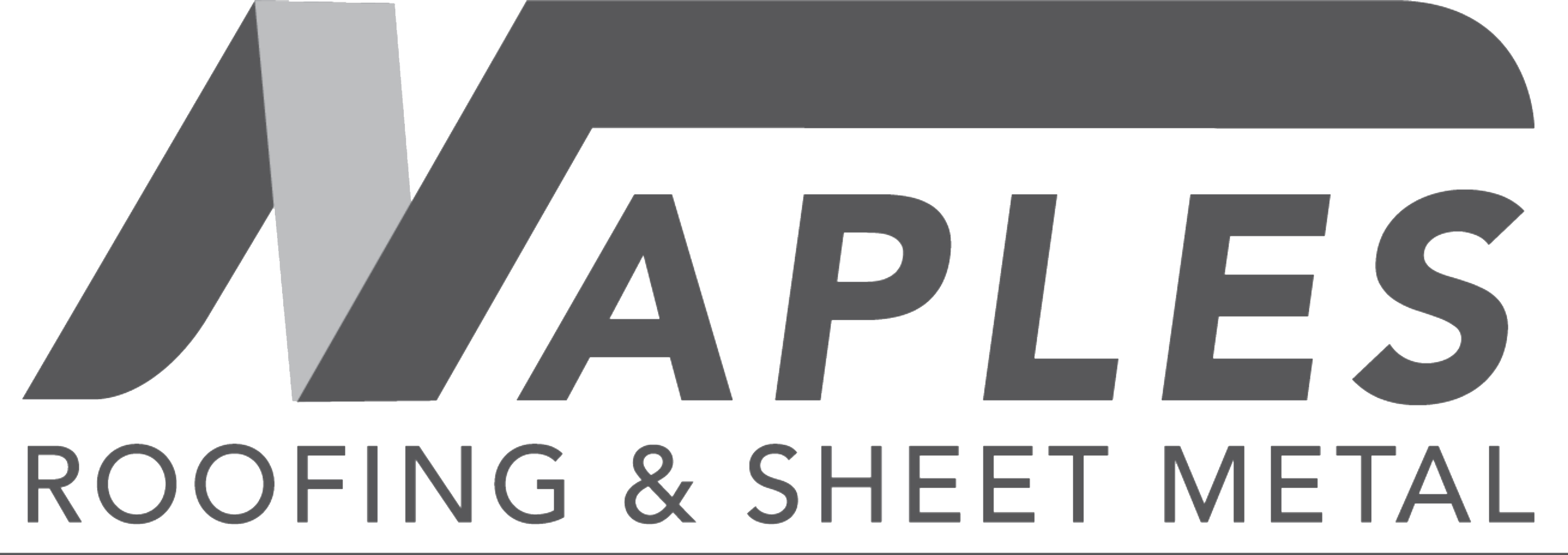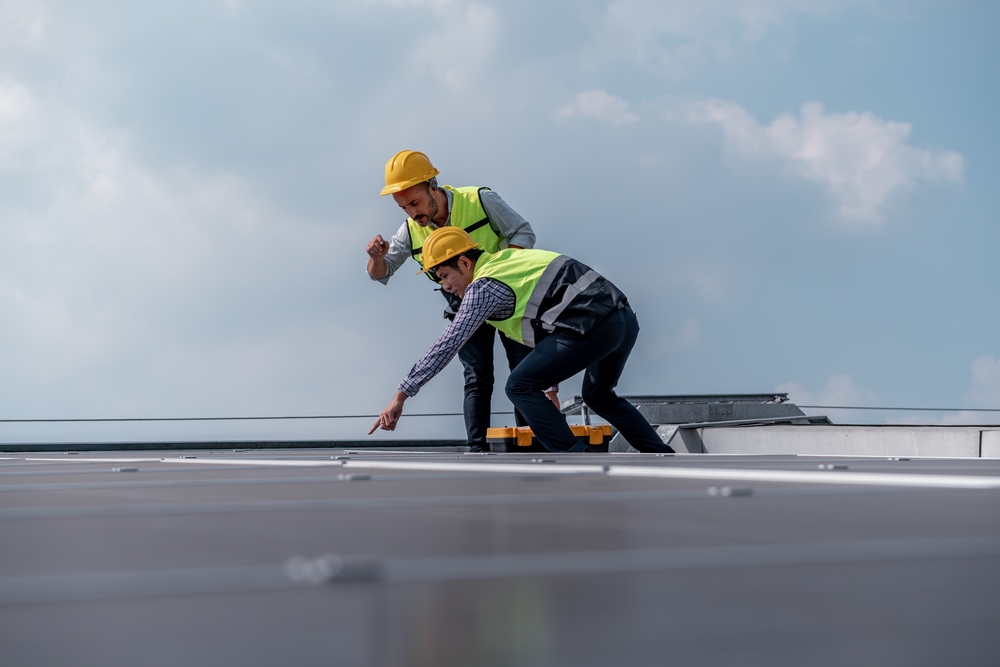How Often Should Industrial Roofs Be Inspected?
Industrial roofing in usa are vital for shielding companies from the weather and guaranteeing the security of personnel, tools, and goods. Maintaining the integrity of these roofs and preventing expensive repairs or replacements requires routine roof inspections. How frequently, though, should industrial roofs be inspected? This book will provide you with advice on maintaining the best possible condition for your industrial roofing in the USA, along with the recommended frequency of inspections and the major elements that affect inspection schedules.
Here are the major key points:-
Recommended Inspection Frequency-
- Twice a Year: As a general rule, industrial roofs should be inspected at least twice a year—once in the spring and once in the fall. These seasonal inspections help identify any damage caused by harsh winter weather or summer storms. They also ensure your roof is ready for the upcoming season’s conditions.
- After Severe Weather Events: In addition to biannual inspections, it’s essential to check the roof after severe weather events, such as heavy storms, high winds, hail, or extreme snowfall. Even though severe weather damage may not be apparent right away, it can pose serious problems if it continues unchecked.
- Following Major Installations: If you’ve had any major work done on your roof, such as HVAC unit installations or solar panel setups, it’s a good idea to have the roof inspected to ensure the new equipment hasn’t caused any damage to the roofing system.
- Regular Maintenance Schedules: Some industrial facilities may benefit from more frequent inspections depending on the nature of their operations. For instance, facilities handling chemicals or other corrosive materials might need more frequent checks, as these substances can damage roofing materials over time.
Factors Influencing Inspection Frequency-
Several factors can impact how often industrial roofs need to be inspected. It’s essential to tailor your inspection schedule based on your facility’s specific needs, especially when dealing with industrial commercial roofing systems, as their complexity may require more frequent attention.
- Roof Age: Older roofs are more prone to wear and tear. If your industrial roof is over 10-15 years old, you may need more frequent inspections to catch any signs of aging or damage early on.
- Roof Type: The material of the roof also affects how often inspections are necessary. For example, metal roofs are generally more durable but should still be inspected regularly for rust or punctures. On the other hand, single-ply roofing systems like TPO or EPDM may require more frequent inspections to ensure there are no seam failures or punctures.
- Climate: If your industrial facility is located in an area with extreme weather conditions—like heavy snow, strong winds, or high heat—you’ll need to inspect the roof more frequently. These elements can cause significant damage over time, leading to leaks, cracks, or other issues.
- Roof Usage: If your roof is frequently accessed for maintenance purposes or is used to support equipment like air conditioning units, there is a higher chance of wear and tear. More frequent inspections are necessary to ensure the roof remains in good condition.
Benefits of Regular Industrial Roof Inspections-
- Cost Savings: Industrial Roof Inspection help you catch minor issues before they become major problems. Over time, this preventive measure might save you money by averting costly repairs or roof replacements.
- Extended Roof Lifespan: A well-maintained roof lasts longer. Inspections help ensure that your roof is always in good condition, allowing you to get the most out of your investment.
- Safety: Industrial roofs often protect valuable machinery and products, and any damage to the roof could lead to leaks, structural issues, or even safety hazards for employees. Regular inspections help mitigate these risks.
- Compliance with Warranties: Many industrial roofing and Industrial Roof Inspection warranties require regular inspections and maintenance to remain valid. Failing to adhere to these requirements can result in losing your warranty, leaving you responsible for repair costs. also industrial roofs inspections is important and vital.
What to Look for During an Inspection-
During an industrial roof inspection, it’s essential to check for the following:
- Leaks or Water Damage: Look for water stains or signs of leaks inside the building.
- Debris Accumulation: Ensure that there’s no buildup of debris, which can cause water pooling and damage.
- Punctures or Tears: Examine the roof membrane for any tears, punctures, or other damage.
- Rust and Corrosion: If you have a metal roof, inspect for signs of rust or corrosion, especially around fasteners and joints.
- Drainage System: Make sure that drains, gutters, and downspouts are clear of debris to prevent water buildup.
- Seam Integrity: For roofs with seams (like single-ply roofing), inspect the seams for any separation or wear.
How to Perform an Effective Roof Inspection:
Performing regular Industrial Roof Inspection is crucial for maintaining the health and longevity of an industrial roof. Whether you hire a professional for roofing services in US or perform a self-inspection. Having a comprehensive checklist ensures that no important details are overlooked. Below is a step-by-step guide on what to look for during an effective industrial roofs inspection.
Check for Leaks and Water Damage-
- Inspect the ceiling and walls inside the building for any signs of water stains, discoloration, or mold, which may indicate roof leaks.
- Look for ponding water on the roof surface, especially after heavy rains. Standing water that is not adequately drained can cause leaks and structural damage.
Examine Roof Membrane or Surface-
- Look for cracks, blisters, or punctures in the roof membrane. These can occur from wear and tear, debris, or extreme weather conditions.
- Check for loose or missing materials in built-up roofing systems, such as gravel or other top layers that could have been displaced.
- Inspect seams and joints for signs of separation or deterioration, particularly in single-ply roofing systems like TPO or EPDM.
Inspect Flashing and Edges-
- Check roof flashings around chimneys, vents, and skylights to ensure they are sealed properly. Damaged or loose flashings can lead to leaks and water infiltration.
- Look at the roof’s edges to ensure that all materials are secure and there are no signs of wind uplift or loose components.
Inspect Drainage Systems-
- Ensure that gutters, drains, and downspouts are clear of debris. Blockages in drainage systems may result in water buildup and possible harm to the roof.
- Check that all drainage components are securely fastened and not leaking or rusted, which could compromise their effectiveness.
Look for Signs of Rust and Corrosion (For Metal Roofs)-
- Examine metal roofing panels for any signs of rust, especially around fasteners and seams. A metal roof’s structural integrity may be affected by rust.
- Look for corrosion on flashing, roof vents, and other metal components, as this can spread if not addressed.
Check for Roof Debris-
- Remove any debris like leaves, branches, or trash that has accumulated on the roof. Debris can cause damage by trapping moisture or blocking drainage systems.
- Look for signs of animal activity, such as roosts or droppings, which may harm drainage systems or the roof.
Conclusion:
Industrial roofs are crucial for protecting businesses from harsh weather and ensuring safety. Regular inspections, at least twice a year, are essential for maintaining integrity, preventing costly repairs, and extending roof lifespan. Factors like roof age, material type, climate, and usage influence frequency. Hiring an experienced industrial roofing contractor in New York can help ensure these inspections are thorough and effective, tailored to your roof’s specific needs.


